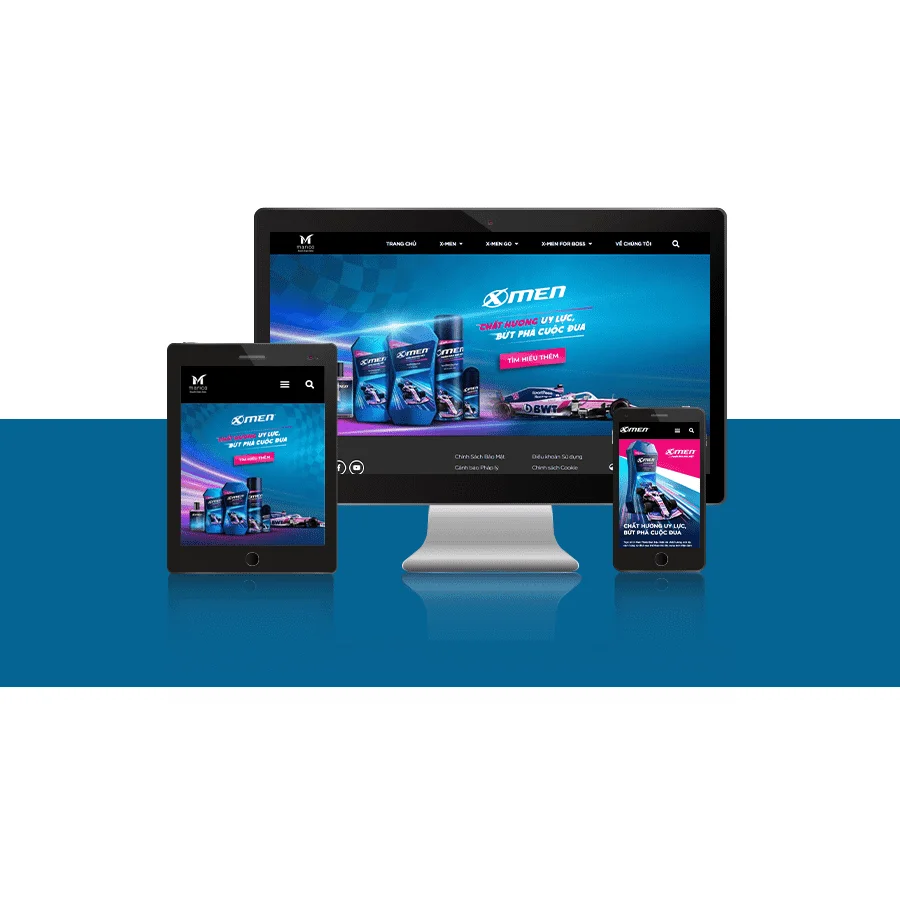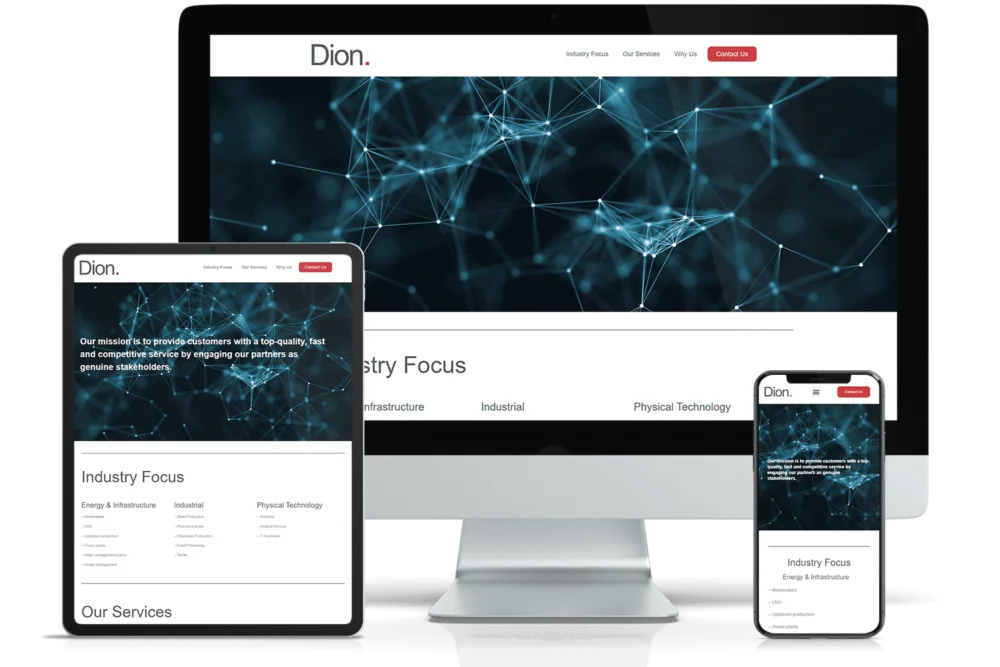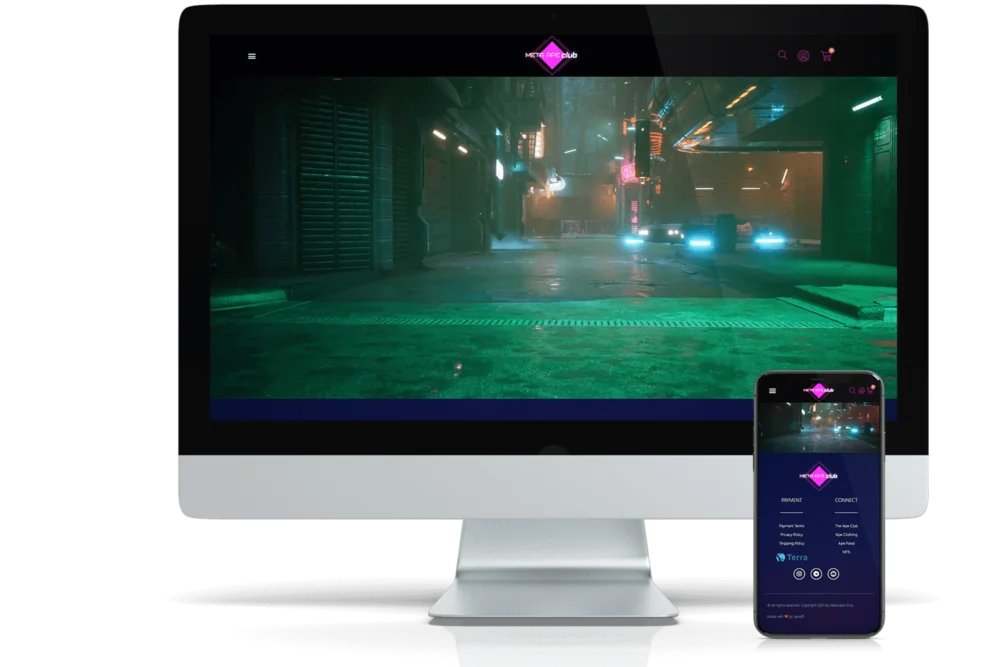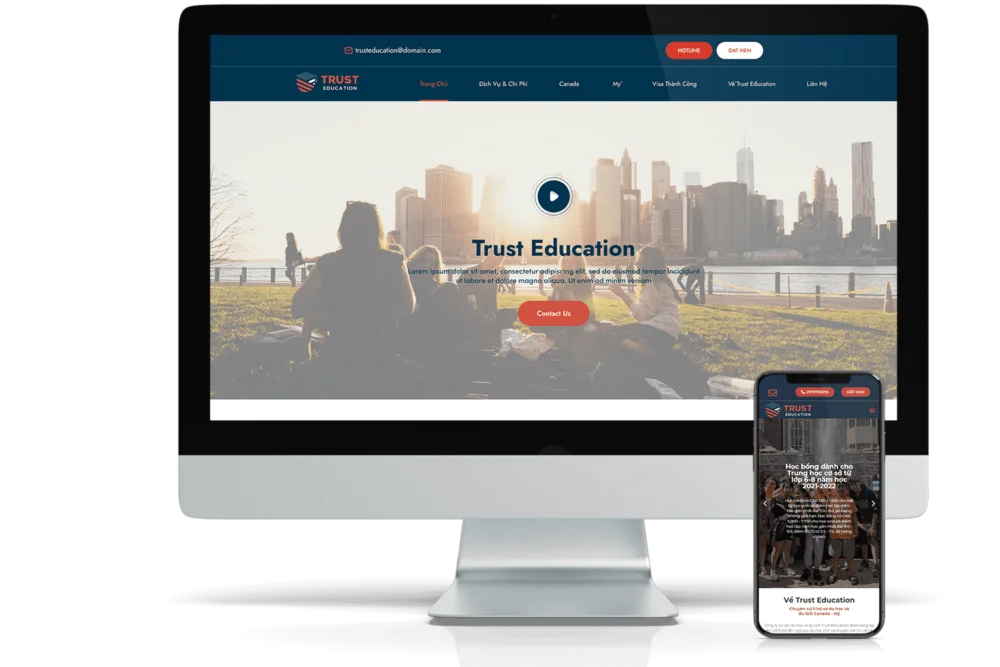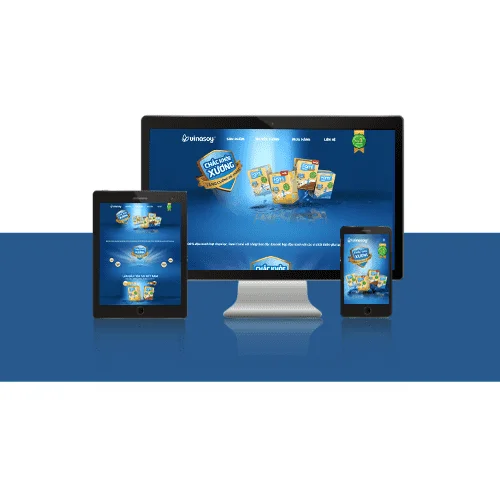Currently on the market there are quite a few reputable project management software, within the framework of the article, we would like to list 2 software that are regularly trusted by businesses, Asana and Trello.
Trello vs Asana – The place to manage your projects in 2021

54Share
Trello and Asana are two of the most popular project management tools out there. So here's the question: Trello vs Asana, which should you choose for your business?
Find out with our in-depth comparison!
Trello

Trello
Trello started out as a product of Fog Creek Software. According to Joel Spolsky, the founder of Trello, they wrote the first line of code for this product in January 2011. He said that after three months of work, the software was useful enough to launch, but they decided to polish it up a bit more before introducing it to the public. Fog Creek Software debuted Trello in September 2011 at the Tech Crunch's Disrupt conference. It's an innovative project management product based on the Kanban productivity system. The Kanban system was developed by a Japanese industrial engineer Taiichi Ohno in an effort to improve Toyota's manufacturing process. The system has been so successful that the system has extended beyond the automotive industry into other industries such as retail, software, and even cinemas. It also attracts the attention of individuals who see it as a way to improve their productivity. Here's how the most basic Kanban board looks like:

Kanban board (Image source: Simpaticodesignstudio.com)
Of course, a Kanban board for a large organization is much more complicated than this, but you'll get the hang of it. Fog Creek Software has built a tool that allows companies to create digital Kanban boards. This is the board of directors of a fictional company called Artist Exploitation, Inc. which Joel Spolsky used in his Disrupt presentation:

Trello's throw at Disrupt San Fransisco 2011
Now, you need to remember that it dates back to almost a decade ago. At the time, using a Kanban board in project management software was a revolutionary idea, plus creating it was a serious technical challenge. Joel Spolsky's presentation was a success: he was “use 6 minutes to become famous into 130,000 eyeballs” and 22% of which already subscribed to Trello.

Trello capitalizes on media attention
Spolsky attributes this success to a solid product:
“If we roll out 3-month-old Trello, it won't be GREAT. Maybe even MEH. I don't want 131,000 eyeballs on MEH.”
Since then, Trello has grown exponentially and reached 10 million users in 2015. However, as Hiten Shah pointed out in the article. “Why Trello Didn't Succeed at Building a Business + $1 Billion” , their competitors have been working hard on the Kanban board. Before long, a once-revolutionary idea finally became popular. Asana introduced their own Kanban board feature in 2016 (more on this below), “very much inspired” by Trello:
“We certainly give full credit to Trello. It is clear that the product has done a great job of pioneering this point of view. […] We treat Trello as a feature, not a product. ”
Justin Rosenstein, co-founder of Asana said. Either way, Trello continued to grow and hit 25 million users in 2017. That same year, it was acquired by Atlassian for $425 million. Today, Trello has over 35 million users and is one of the most respected companies in the field of project management.
main function
Okay, so what exactly does Trello offer to its users? The Kanban system remains at the core of Trello. It provides a great visual progression for projects because you can see each card move from left to right as the work on the task progresses.

A Trello board
As you can see, the user interface is pretty much the same as it was in 2011, except it looks more attractive now. You can invite as many people to your board for free, which is great if you work with a large team.

Member Trello
You can organize your work by creating boards, lists, then cards for each task, and then moving cards through the list as you work through the tasks.

Trello Cards
These cards are more than just a digital version of sticky notes. You can add a lot of information to them, such as task description, completion date, labels, progress checklist, attachments, etc. By the way, talking about checklists and due dates, Trello has a Power-Up Calendar that allows you to view cards with due dates in the calendar. Trello lacks a task-dependent system. However, you can use certain elements inside the tag, such as checklists and attachments, to represent task dependencies. You can read more about managing task dependencies here. The tag also features comments, so if you need to discuss something related to that task, you can do so inside that tag:

Trello commented
This is handy because it allows you to stay in touch in one place instead of having it scattered across multiple channels (email, instant messaging, text messages, etc.). Trello also has a notification system that keeps you up to date by sending you notifications within the app, via email, through the browser, and via mobile devices. These notifications are synced across all devices so you won't have to face the hassle of reading notifications that show up as unread. And if you receive an email notification, you can reply directly via email. There's also a powerful search function that helps you quickly find whatever you're looking for. And if you want to use Trello with multiple groups of people, you can use Trello Teams (that way, you can have family groups, friends groups, workgroups, etc.).

Trello board
Trello has a variety of Power-Ups. They allow you to enable additional features on your board and integrate the software with your favorite applications. For example, some of the most popular Power-ups include the previously mentioned Calendar Power-Up, as well as Google Drive and Slack Power-ups:

Trello power up
You can see a list of all Power-Ups here. There are many of them! Trello also offers various browser extensions which are very convenient when you use Trello a lot. For example, with the PopClip extension, you can save selected text to Trello on Mac. You can see a list of all browser extensions here. Also, it should be noted that Trello takes privacy very seriously. You have full control over who sees your board. Plus, they use SSL/HTTPS connections.
Valuation
Trello has three pricing tiers:
- Free. This is the most basic plan. They promise that it will remain free forever.
- Business class. This is $ 9.99/user monthly plan. It is intended for small and medium businesses who need more features than those that come with the free version.
- Enterprise. This is a plan that starts at $ 20.83/user/month, but pricing depends on how many seats you need (the larger your group, the less the cost per user).
All three plans offer unlimited boards, unlimited listings, and unlimited cards, which makes this a great tool for startups. However, when it comes to more advanced features like automation and power-ups, the free plan is quite limited. Also, the free plan doesn't offer much in terms of security. If you want to be able to set advanced administrative permissions, send domain-restricted invitations, or deactivate memberships, you'll need to upgrade to Business or Enterprise Class. In addition, premium plans offer over 100 integrations, the use of which can help your team increase productivity significantly.
What are Trello's strengths?
Trello's main strength is its simple its . This is important because every tool you introduce to your team requires everyone to invest time in mastering it. Simplicity reduces the amount of time required to train new team members. In addition, Trello is extremely flexible. It was created with businesses in mind, so it's safe to assume that their most common use case is project management for a small business. However, it can also be used to manage pretty much every project you can think of, from planning a vacation to hosting a party to remodeling a house. Actually, in “25 million! Celebrate with 4 Top Requested New Trello Features” , Michael Pryor, co-founder of Trello, shares that the team is often surprised by the use cases they see. He told users:
“You pioneered a way of using Trello that we could never have dreamed of. From your key sales pipeline to your holiday board, your kanbans to your canning bin, your route to your recipe board: Use your creative Trello to be more productive in your business. work and at home continue to amaze us.
This is great because you can use the same tool to manage both personal and professional projects.
Who is Trello best suited for?
Trello works best for small businesses that have clean, linear processes and want simple, intuitive software that team members can master quickly. What you need to do is ask yourself if you can manage your business with a physical Kanban board if your entire team works in the same office. Most small business owners can do that, which means they'll likely benefit from using Trello, especially if they're working on simple projects. However, if your team is too large and your projects are too complex, then Trello probably won't cut it.
Asana

Asana
Asana was founded in 2008 by Justin Rosenstein and Dustin Moskovitz. Moskovitz is a co-founder of Facebook, and Rosenstein is a former engineer at Google and Facebook. Both work to improve project management and increase employee productivity at Facebook. This experience helped them realize that extremely intelligent people often have a hard time spending most of their time on “work around,” what they mean by things like email communication, follow-up information and make sure everyone is on the same page. While at Facebook, Moskovitz and Rosenstein collaborated on an internal project management tool called Tasks, which quickly grew within the company. They didn't think of it this way at the time, but now they see the software as a prototype for Asana. The popularity of Tasks made them realize that a product like this was needed. In 2008, they left Facebook to start Asana. The founders took the time to develop the product before going public. They launched a free beta version in November 2011. The official commercial launch date is April 2012. Asana has already received attention from investors before they launched, which is why. perhaps at least in part because of the founders' ties to the tech industry. They raised their first round of funding in the spring of 2011 with an angel round of $1.2 million, followed by an A-chain round of $9 million in November 2011. It is worth noting that investors Initial investors included Peter Thiel (who later joined Asana's board of directors) and Sean Parker. Asana is quickly becoming a popular project management tool. But the team did not rest on their laurels. They are constantly improving their products by listening to their customers and developing the most requested features. As a result, 10 years after Moskovitz and Rosenstein left Facebook to found Asana, the company has reached a valuation of $1.5 billion and today it has more than 60,000 paying customers. Additionally, the company founders are so confident in their product that they recently announced that all 500 Asana employees are ignoring internal emails. This means that people can still contact Asana employees via email, but it will not be used for internal communication. Moskovitz says:
“It is very natural for people to align conversations around actual work […] Most of the time, when you have an email series with your colleague, it's really about some project you're working on, or some action item or goal. In Asana, all of that is organized by 'projects' or 'tasks' and each of those can have conversation threads around them. So our conversations take place there.”
This is a bold move that gives Asana credibility. After all, if the software is good enough for a $1.5 billion company, it's probably good enough for your business too.
main function
Asana is a complex project management tool that allows you to handle complex projects.

Overview of Asana
Asana features Boards based on the Kanban system and allows you to visualize your work with a visual progression similar to Trello's. However, while the board is the core of the Trello product, in Asana it is just one of the features (as you may remember, Asana didn't introduce it until 2016). It's also important to note that, unlike Trello, Asana has a proper task dependency management system:

Asana task dependency feature
For example, you can mark a task as pending another. Then, when that first quest is complete, the person waiting for it will receive a notification and proceed with their own quest. Remember that one task can depend on many other tasks and many tasks can depend on another task.

Asana timeline
Another important feature is the Timeline, which you can use to create a plan that shows how the different pieces of your project fit together. This is an additional way to visualize progress. It keeps you on track with deadlines: If anything changes, you can easily adjust the timeline and see how the change impacts the entire project. By the way, you can plot task dependencies on the Timeline, making it much easier to keep track of everything going on in a complex project.
There is also a Calendar feature that allows you to view your work on the calendar, allowing you to detect schedule conflicts, for example:

Asana calendar
The Portfolio feature is an easy way to keep track of all your initiatives in one place, which is handy when you're working on several large projects at once. You can also check KPIs and key portfolio information in real time to predict any major issues before they happen. What's even more exciting, however, is the Workload feature that makes it easy to manage each team member's workload:

Asana's Workload
This is valuable when you are managing a large team or several groups. The more caregivers you need, the easier it is to accidentally underwork or overwork someone. It's normal to experience occasional outages and occasional crashes, but persistently poor workload management leads to employee dissatisfaction. This can cost the company a lot of money through reduced productivity and reduced employee retention. Asana also allows you to turn regular processes into templates, which means you don't have to reinvent the wheel every time:

Asana's default template
This is important because you want to keep things organized as much as possible as you grow your business. You can control who has access to what information through privacy settings that allow you to ensure security. The larger your team, and especially if you use freelancers, the more important this feature becomes because you don't want people just walking through the door to have access to sensitive information. Speaking of security, the admin features let you control things like authentication and password strength, plus you can reset all passwords in the event of a security breach.

Integrating Asana
Finally, Asana offers over 100 integrations with other popular tools, including Slack, Google Drive, Zapier… And even Trello!
Valuation
Asana has four prices:
- Free basic plan. It is best for individuals or groups who are just getting started with project management.
- Premium package. It is best for teams that want to go beyond the basics of project management. It costs $ 9.99/user/month if billed annually and $ 11.99/user/month if billed monthly.
- Business plan. It's best for teams and organizations that need to manage work on several projects. It costs $ 19.99/user/month if billed annually and $ 23.99/user/month if billed monthly.
- Enterprise plan. It's best for organizations that need additional support, security, and control. You need to contact Asana's sales team if you want to find out pricing.
The Basic Plan is very, well, basic. It only includes core Asana features like Tasks, List View, Board View, Calendar View, and Due Dates. You can collaborate with up to 15 people if you use this option. Other plans correspond to a company's needs based on its size: the Premium plan for small businesses, the Business plan for midsize businesses, and the Enterprise plan for large businesses. You can simply choose a plan that works best for your company based on the size of your team.
What is the strength of Asana?
Asana's main strength is its Sophistication and granular control over projects . You have all the features you might need to manage a large team or several teams working on a complex project or several complex projects concurrently. It's also ideal for situations where the relationship between tasks that need to be done isn't straightforward because it helps you see the big picture.
Who is the asana best suited for?
Asana is best for large organizations where several teams are working on many complex projects concurrently. It is especially valuable for managers who must oversee projects with many moving parts. However, if you have a small team, this software can be a bit overkill.
Trello vs Asana: The Top Difference
The debate Trello and Asana Summarize the level of simplicity and complexity. Which is more important to you? With Trello, you get software that's simple, intuitive, easy to use, and doesn't have much of a learning curve. The downside to this is that the tool can be limited when it comes to really complex projects. For example, the lack of a proper task dependency system is a major disadvantage when it comes to projects where the relationships between tasks are complex. Furthermore, while you can manage some simple projects on Trello, combining multiple complex projects at once can make it difficult to use the software. Trello's versatility can be great because you can use it for pretty much anything you can think of (personal to-do list, work project, like a CRM, etc.). However, it also means that it is not as optimized for business project management as it could be. With Asana, on the other hand, you get complex software with lots of features that will make your life easier, especially if you need to manage complex projects and large teams. You get the Kanban board, so you get the main benefit of Trello, but you also get all the extras like Timeline, Portfolio, etc that can help you manage a number of initiatives simultaneous. The task dependency system is a big advantage because it's hard to manage complex projects without it. Of course, there is also a downside, all of these features mean that it will take you some time to learn how to use the software. The additional complexity adds to the fragility. One person makes a mistake because they haven't fully figured out the software that can have a negative impact on the entire project. This is also possible with Trello, but much less likely because Trello is much simpler.
Trello vs Asana: Which Project Management Software Should You Use?
From a financial perspective, you will make more money with Asana. However, you also need to take into account the time investment required to learn how to use this software. It's important to beware of the "more features, better product" trap. What you want is software that gets the job done in the simplest way. It makes sense to use a product with fewer features if it is powerful enough for your needs. In summary, Trello may be a better choice for small businesses with simple processes, while Asana works well for medium and large businesses that need extra features to handle the complexity that they are processing. If you're a remote company, both of these tools are perfect for getting the job done. In the end, it all depends on your particular situation. That's why you might want to consider signing up for both Asana and Trello's free plans and explore the products to see which works better for you. Besides these two, there are many additional Trello alternatives available in the market. Here's the burning question: @Trello and @Asana, how do they stack? Check out our in-depth comparison and choose the best one for your needs! 📌🗂️CLICK TWEET
In brief
Trello vs Asana: what's the best option? Every tool on the market has its strengths and weaknesses. There is no “perfect” project management software out there. Or, if you want to see things from a different perspective, the best project management tool is the one you feel natural using to keep track of your work. Maybe it's Trello. Maybe it's Asana. Maybe it's something else. The important thing is that it works for you and your team. And to do that, you need to understand what the real needs of your business are and then choose the software that meets that need.
If you liked this article, then you will love Kinsta's WordPress hosting platform. Speed up your website and get 24/7 support from our veteran WordPress team. Our Google Cloud-powered infrastructure focuses on auto-scaling, performance, and security. Let us show you the Kinsta difference! Check out our plans


